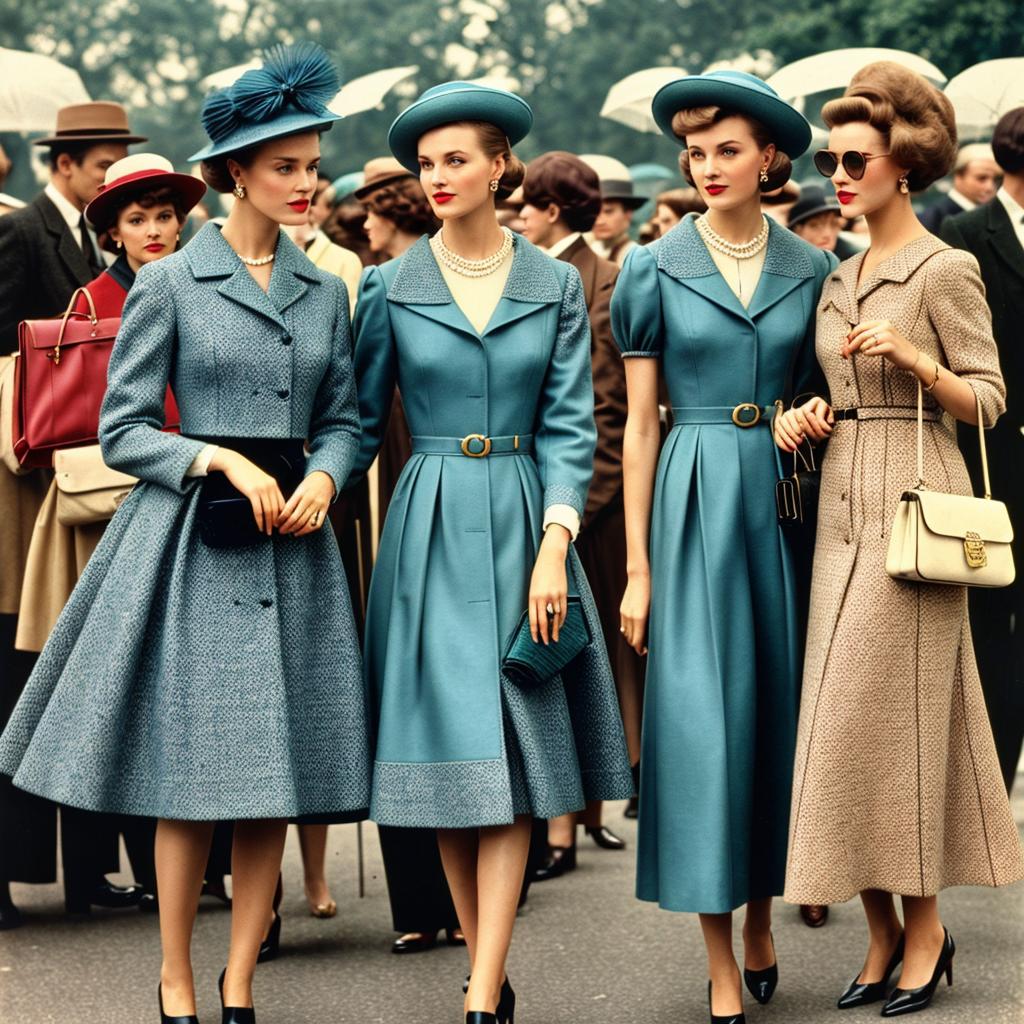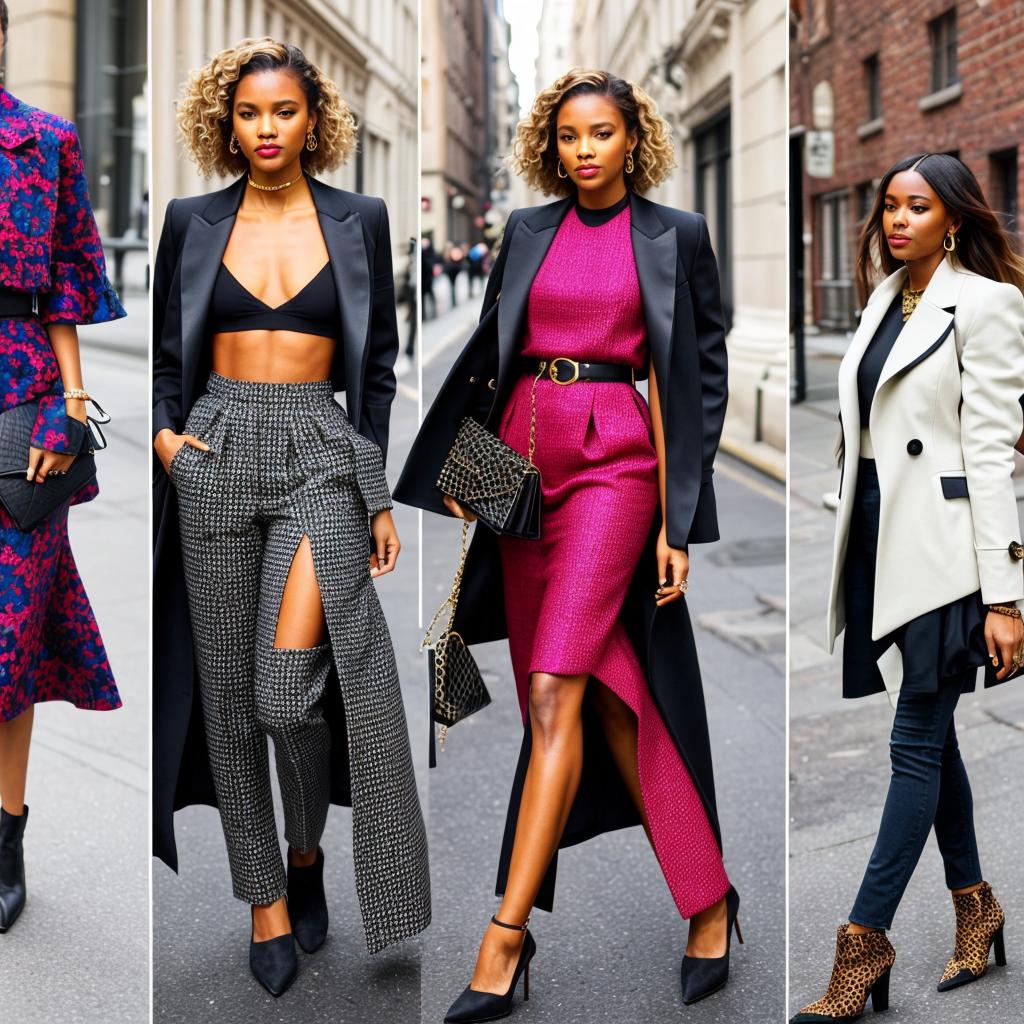In the fast-paced world of fashion, where trends come and go, there’s a timeless allure to vintage and retro styles that never seems to fade. Embracing the fashion of bygone eras not only adds a unique flair to your wardrobe but also allows you to connect with the rich history of style. In this comprehensive guide, we will delve into the enchanting world of retro fashion, exploring its various eras, key elements, and how to seamlessly incorporate vintage vibes into your contemporary wardrobe.
1. The Allure of Retro Fashion
1.1 Defining Retro and Vintage
Understanding the distinction between retro and vintage is crucial. Vintage refers to clothing from a specific era, typically at least 20 years old, while retro signifies modern items inspired by past styles.
1.2 Timeless Elegance
Retro fashion offers a timeless elegance that transcends the ever-changing trends of the fashion industry. It allows individuals to express their personality through clothing while paying homage to the iconic styles of the past.
2. Exploring Key Retro Eras
2.1 The Roaring Twenties
Known for flapper dresses and art deco influences, the 1920s brought about a revolutionary shift in women’s fashion, characterized by dropped waists and extravagant accessories.
2.2 The Glamorous Forties
The wartime era introduced utility and simplicity in clothing, with knee-length skirts and fitted jackets becoming staples. Victory rolls and red lips defined the beauty standards of the time.
2.3 The Rocking Fifties
The post-war era celebrated femininity with full skirts, cinched waists, and petticoats. Greaser culture influenced men’s fashion with leather jackets and rolled-up jeans.
2.4 The Swinging Sixties
A decade of innovation, the 1960s witnessed the rise of mod fashion, psychedelic prints, and the iconic mini skirt. Bold patterns and experimental styles dominated the scene.

2.5 The Groovy Seventies
From boho-chic to disco fever, the 1970s offered a diverse range of styles. Bell-bottoms, platform shoes, and fringe details were quintessential elements of this era.
2.6 The Edgy Eighties
Bold colors, oversized silhouettes, and power suits defined the 1980s. Shoulder pads, neon hues, and punk-inspired looks were prevalent during this audacious decade.
3. Key Elements of Retro Fashion
3.1 Fabrics and Textures
Retro fashion often features distinctive fabrics such as tweed, silk, and velvet. Understanding the material preferences of each era can help you authentically recreate vintage looks.
3.2 Silhouettes and Cuts
Whether it’s the A-line dresses of the 1950s or the power suits of the 1980s, understanding the silhouettes and cuts unique to each era is essential for achieving an authentic retro look.
3.3 Accessories
From pillbox hats to chunky jewelry, accessories play a pivotal role in retro fashion. These statement pieces can elevate a modern outfit with a touch of vintage charm.
4. Incorporating Retro Fashion Today
4.1 Thrift Shopping and Vintage Stores
Discovering hidden gems in thrift shops and vintage stores is a thrilling aspect of embracing retro fashion. Learn the art of thrifting to find unique pieces that resonate with your style.
4.2 Mix and Match
Blend vintage pieces with contemporary items for a modern twist on classic styles. Experiment with textures, colors, and accessories to create a look that seamlessly merges the old with the new.
4.3 DIY Retro Fashion
Unleash your creativity by upcycling or customizing clothing to give them a retro touch. Adding embroidery, patches, or altering the silhouette can breathe new life into old garments.
5. FAQs: Your Retro Fashion Queries Answered
5.1 What defines a piece as vintage?
For a piece to be considered vintage, it should be at least 20 years old. Anything younger is classified as retro.
5.2 How can I ensure my retro outfit looks modern and not like a costume?
The key is to balance vintage pieces with contemporary elements. Mix and match, experiment with accessories, and avoid a head-to-toe retro look.
5.3 Where can I find authentic vintage clothing?
Thrift shops, flea markets, and specialized vintage stores are excellent places to find authentic vintage clothing. Online platforms also offer a wide range of options.
5.4 Can I wear retro fashion to formal events?
Absolutely! Vintage evening gowns, tailored suits, or classic accessories can add a touch of sophistication to any formal occasion.
6. Conclusion: Embracing Timeless Style
Retro fashion is more than just a trend; it’s a celebration of the artistry and innovation that has shaped the world of style over the decades. Whether you’re drawn to the flapper glamour of the 1920s or the rebellious spirit of the 1980s, incorporating retro fashion into your wardrobe allows you to tell a unique fashion story that transcends time.
As you embark on your journey into the world of vintage vogue, remember that the key is to have fun, experiment, and let your personal style shine through. After all, fashion is a form of self-expression, and there’s no better way to express yourself than by taking a stylish trip back in time.


